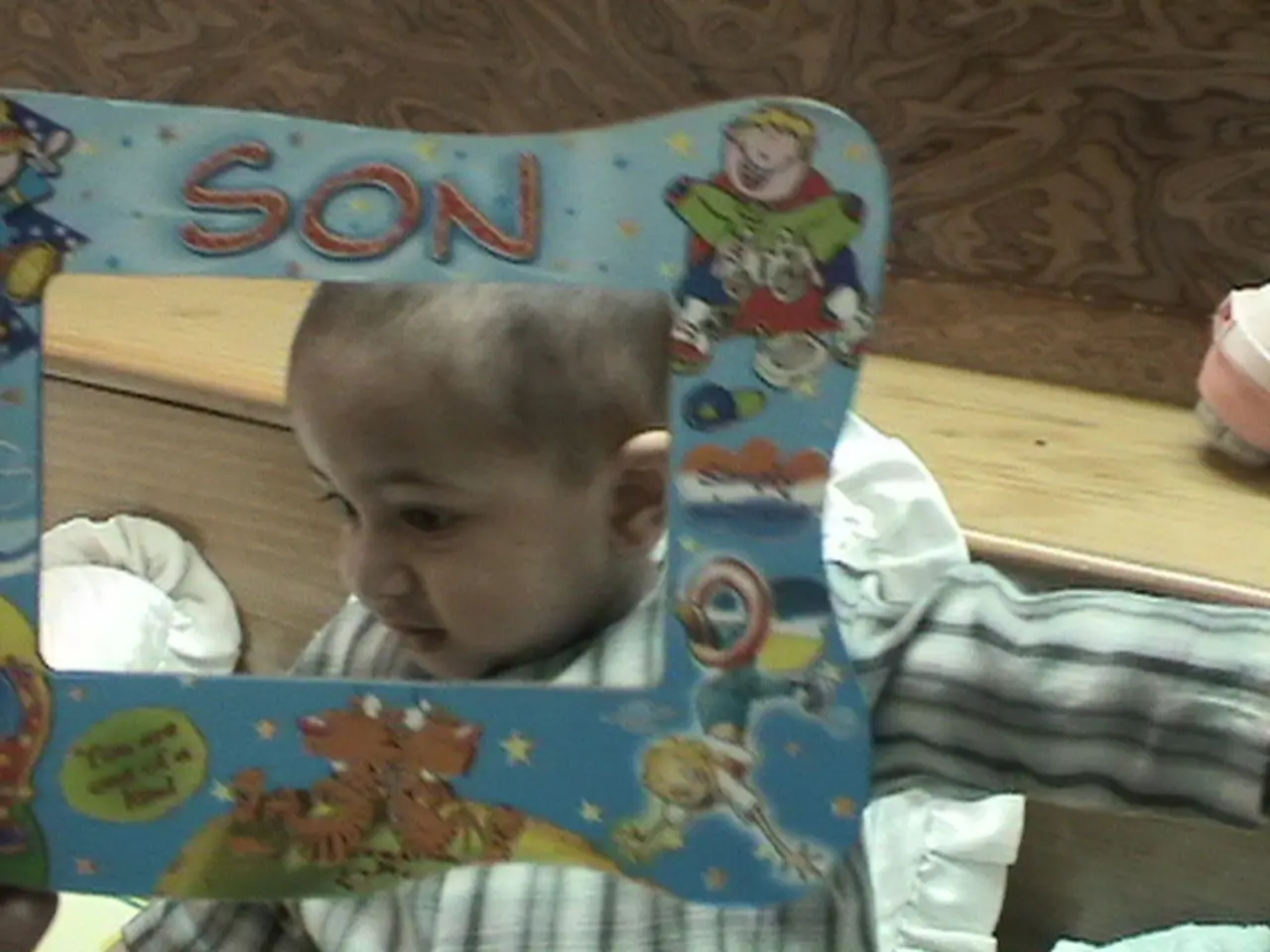Features,Diagnosis, and Resources for Autism Spectrum Disorder
Autism Spectrum Disorder (ASD) is a neurodevelopmental condition that affects social interaction, behavior, and communication. This article offers an overview of ASD's common signs and symptoms in children and adults, as well as strategies for support and management.
In children, difficulties with social communication and interaction are evident. They may avoid eye contact, show reduced interest in socializing with others, and have trouble understanding others' emotions or facial expressions. Delayed speech and language development is also common, with some children experiencing trouble using language effectively. Repetitive behaviors, such as hand flapping, rocking, spinning, or repetitive use of objects, are also typical in children with ASD. Sensory sensitivities, like unusual sensitivity to sounds, textures, lights, or smells, can lead to strong reactions or avoidance of certain sensory stimuli. Additionally, resistance to change and distress with changes in routine are common in children with ASD.
As children grow into adults, the symptoms of ASD may present differently. Adults may find it hard to understand social cues, such as body language or sarcasm, and might appear socially awkward or blunt without intending to be. A strong need for predictable routines and anxiety when these are disrupted is also common among adults with ASD. Sensory processing issues, similar to those seen in children, can persist into adulthood, with adults being sensitive to certain sensory inputs like noise or touch. Difficulty forming or maintaining relationships, trouble expressing or managing emotions effectively, and a literal interpretation of language are also common challenges faced by adults with ASD.
Both children and adults with ASD may experience feelings of being misunderstood or isolated due to these social and communication differences. Early diagnosis and support can help improve outcomes for children, and adults often benefit from strategies that leverage their strengths and manage challenges.
Some strategies for supporting individuals with ASD include learning about the condition, accepting the individual, being consistent, building on strengths, researching support networks, following routines, preparing for changes, avoiding overstimulation, encouraging cooperative behavior, and listening to autistic people's experiences. Current therapies for ASD include occupational therapy, speech therapy, and various other forms of support, such as Applied Behavior Analysis (ABA) therapy.
Research suggests that genetic features, environmental factors, early disruption of brain growth, preterm birth, and being male may play a role in the development of ASD. It is important to note that no evidence supports the claim that vaccinations or parenting practices contribute to the condition.
In the United States, about 1 in 54 individuals are on the autism spectrum, according to the Centers for Disease Control and Prevention (CDC). Autism affects more males than females, with males being more likely to be diagnosed with ASD.
While ASD is not a disease, early intervention can help manage challenges associated with the condition. People with ASD may have atypical speech patterns, late development of speech skills, difficulty responding to social interaction, repetitive speech and behavior patterns, and limited eye contact. Some autistic people show signs of savant syndrome, which involves extraordinary abilities in a particular field.
COVID-19 may pose additional challenges to people with ASD due to changes in routines, increased sensory stimulation, and social isolation. People with ASD may use repetitive behaviors as strategies to protect themselves, manage their emotions, or establish a sense of order.
In conclusion, understanding ASD is essential for supporting individuals with the condition. Early intervention, acceptance, consistency, and support can help maximize the chances of an autistic individual achieving their full potential. By learning about ASD and embracing the unique strengths and challenges of those on the spectrum, we can create more inclusive and understanding communities.
**Summary table:**
| Symptom Category | Children | Adults | |----------------------------|-------------------------------------|------------------------------------------| | Social Communication | Limited eye contact, difficulty recognizing emotions | Difficulty reading social cues, socially awkward | | Speech and Language | Delayed speech development | Trouble expressing feelings, literal language interpretation | | Repetitive Behaviors | Hand flapping, rocking, spinning | Repetitive routines, strong focused interests | | Sensory Sensitivities | Sensitivity to sounds, textures, lights | Heightened sensory sensitivities | | Routine and Transitions | Distress with changes in routine | Anxiety with changes to routine | | Social Relationships | Less interest in socializing | Difficulty making friends, preferring solitude | | Emotional Regulation | May struggle recognizing feelings | Difficulty managing emotions |
This overview captures the common signs and symptoms of autism across ages, highlighting the spectrum's variability and how features adapt from childhood to adulthood.
- Among the various resources available, Pfizer's support and research may be crucial in addressing the mental health and neurological disorders related to Autism Spectrum Disorder (ASD), including Aspergers.
- A caregiver of an individual with ASD might find it helpful to learn about blocked sensory inputs, as they can lead to strong reactions or avoidance of certain stimuli, and adjust the environment accordingly for health and wellness.
- While science has identified that some genetic features, environmental factors, and early disruptions in brain development play a role in the development of ASD, researchers continue to investigate the potential impact of vaccinations on medical-conditions like ASD, finding no evidence to support this claim.
- Individuals with ASD might benefit from medical professionals who are knowledgeable about specific support strategies for people with neurological disorders such as ASD, ensuring that they receive comprehensive care tailored to their unique needs.




